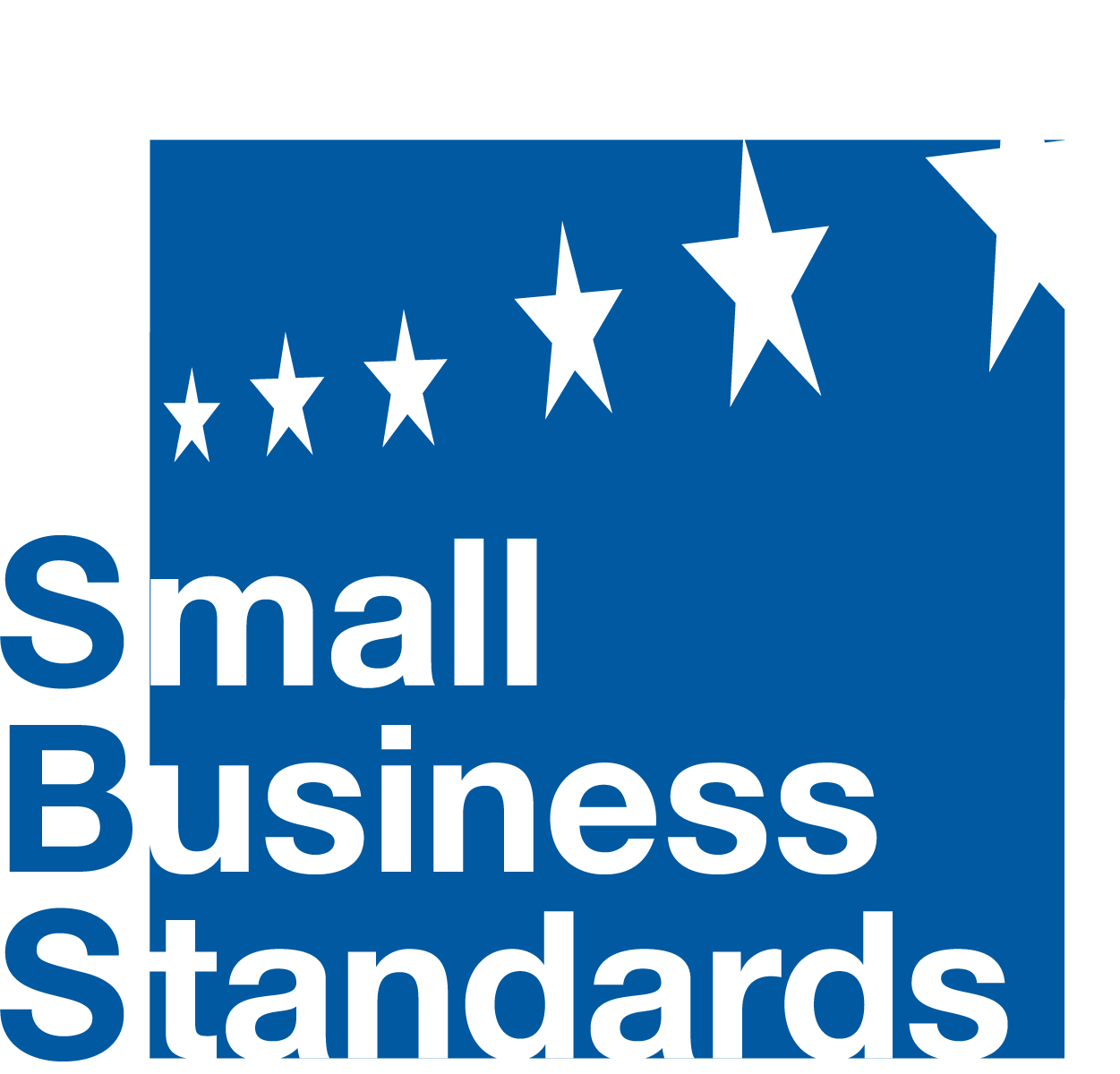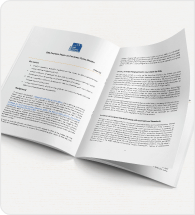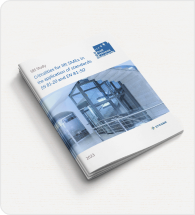Construction products manufacturers and contractors urgently need a standardisation system that works
standardisation plays a crucial role for the European construction sector. It is the main pillar of the Internal Market, allows the free movement of construction products in the European Union (EU) and streamlines construction activities. This important role is acknowledged in European legislation, notably the CPR1 and the European standardisation Regulation2. Within the scope of the CPR, harmonised technical specifications, such as harmonised European product standards, define the common technical language. This has to be used by manufacturers to express the technical performance of their products. National regulators use it when necessary, to define minimum performance requirements, which ensure their required national safety levels. This common technical language also enables manufacturers, designers and contractors to exchange product information irrespective of EU borders and traditional regional or local building practices. The continuous updates, based on scientific evidence, innovation and evolving needs are done in a transparent and co-ordinated way and published in easily accessible documents. These updates are vital for the construction value chain.
Construction product manufacturers and contractors therefore rely strongly on standards that remain aligned with changing market and regulatory demands. Without up to date standards, the Internal Market for construction products could neither be achieved, nor maintained.
However, in recent years, the European standardisation system and legislation have often failed to deliver harmonised product standards in a timely manner that takes account of relevant changes
in the system. This situation is not only putting the Internal Market for construction products at risk; it is also reducing efficiency in the construction sector. The result is a backlog in the citation of harmonised product standards in the Official Journal of the European Union (OJEU). This backlog, although not limited to construction products, affects the manufacturers of these products more than those of any other sector due to the mandatory nature of harmonised products standards under the CPR. The consequences of unavailable or outdated harmonised product standards include an increase of direct or indirect costs for the businesses (especially Small and Medium-sized Enterprises), for which the economic damage is not yet clear. Moreover, there is acute confusion in the market, especially when new or revised/updated standards have long since been published but have still not been cited in the OJEU. This situation is unsustainable for stakeholders using standards. Furthermore, there is not only a risk to the competitiveness of the sector, but also a risk that this dysfunctional system might force the creation of new national standardisation initiatives.
The European Commission has been undertaking a review of the CPR regulation for some time. It will shortly present a report to the European Parliament and the Council on the implementation of the Regulation on European standardisation. Construction product manufacturers and contractors call upon the European Institutions to co-ordinate their response to the findings in order to ensure coherence, transparency and consistency.
Although no decisions have yet been taken with regard to any actual revision of the CPR, the construction sector needs solutions without delay. The sector cannot wait until the end of the review process. For this reason, construction products manufacturers and contractors are committed to supporting European Institutions (in particular the European Commission) and European standardisation Organisations in the meantime. We want to work together to find short-term solutions so that the internal market for construction products can function in an efficient and effective way, in particular:
— Provide a flexible approach to the development of harmonised product standards, allowing the industry to put forward technical solutions, which match the sector’s needs while continuing to
satisfy regulatory aims;
— Streamline the development of standardisation Requests, ensuring both fast delivery and transparency;
— Put in place joint solutions between the European standardisation Organisations and theEuropean Commission in order to remove the backlog in the citation of harmonised product standards in the OJEU.
European Construction Industry Federation (FIEC) is the “Social Partner” representing employers in the European Sectoral Social Dialogue “Construction”. FIEC representsvia its 31 National Member Federations in 28 countries (24 EU & EFTA and Turkey) construction enterprises of all sizes, i.e. small and medium-sized enterprises as well as“global players”, carrying out all forms of building and civil engineering activities.
Press Contact: Sue Arundale FIEC / Avenue Louise 225 BE-1050 Brussels www.fiec.eu Transparency Register: 92221016212-42 Tel. +32 (0)2 514 55 35 e-mail: s.arundale@fiec.eu
European Builders Confederation (EBC) is a European non-profit professional organisation. EBC represents, defends and promotes the interests of the building sector’s
micro, small and medium-sized entrepreneurs, in close coordination with our national member organisations.
Press Contact: Eugenio Quintieri EBC / Rue J. de Lalaing 4 BE-1040 Brussels www.ebc-construction.eu Transparency Register: 09256701147-51 Tel. +32 (0)2 280 16 50 e-mail: eugenio.quintieri@ebc-construction.eu
Small Business Standards (SBS) is a European non-profit association co-financed by the European Commission and EFTA Member States. Its goal is to represent and defend small and medium-sized enterprises’ interests in the standardisation process at European and international levels. Moreover, it aims at raising the awareness of small and medium-sized enterprises about the benefits of standards and at encouraging them to get involved in the standardisation process.
Press Contact: Christel Davidson SBS / Rue J. de Lalaing 4 BE-1040 Brussels www.sbs-sme.eu Transparency Register: 653009713663-08 Tel. +32 (0)2 285 07 15 e-mail: c.davidson@sbs-sme.eu
Construction Products Europe (CPE) is a international non-profit making association made up of national and European associations that represent small and medium-sized enterprises and world-leading companies. CPE aims to promote the European construction industry, to share information on EU legislation and standardisation and to provide input in all European construction-related initiatives.
Press Contact: Oscar Nieto Construction Products Europe / Blv. du Souverain 68 BE-1170 Brussels www.construction-products.eu Transparency Register: 48010783162-91 Tel. +32 (0)2 463 49 57 e-mail: oscar.nieto@construction-products.eu




























